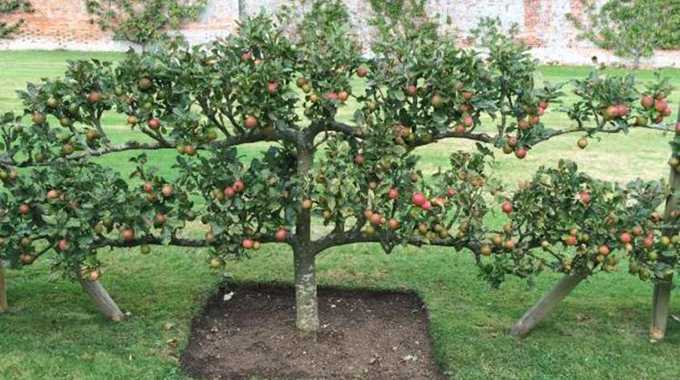
Clodine Manyozo Home and garden writer
It is always a good thing to eat fresh fruits from your own tree at home, unlike buying one at the supermarket.
This explains why some people end up making their own small orchards at home and sometimes without the real knowledge of how to maintain the orchards.
Mostly, orchards are put at the backyard and sometimes they can be fenced.
The obvious reason for having an orchard is home food production, and in some cases as a hobby.
Fruit trees, their form, fruit, bark, and foliage, may also serve an artistic or decorative role in the home setting.
Having an orchard can also reduce expenses in a way that you will not have to buy fruits which you can get from your orchard. Sometimes trees can simply bring back regretful sparking memories from childhood or the past.
People need to have some knowledge on the maintenance of small orchards at their homes. One must be able to research on how to maintain an orchard and how to grow some trees to get a positive result.
If one is starting on an orchard, then they must take note of regular fertilizing, irrigating, pruning and spraying.
Irrigation is recommended for new plantings to grow well and irrigation depends on the type of tree because some trees do not require a lot of water.
Pruning should be carried out in young orchards to improve tree structure, minimise wind damage and to increase fruit bearing area.
Young trees can be infested with a number of insect pests and broad-leaf weeds and grasses growing through the leaf mulch also need to be controlled.
A well-managed orchard should have a long commercial life, hence close attention to orchard layout and land preparation will have their rewards for many years.
You need to make decisions on row direction, spacing, placement of waterways and drains, mounding, wind protection and all weather access to the block.
Soil analysis can be used to assess the nutritional status of tree crops, it can ensure that a particular site does not fall outside the range of fertility considered adequate for that particular crop and soil.
Soil tests have a role for correcting or avoiding problems such as acidity, salinity and nutrient interactions and toxicities, which are not directly related to plant composition.
Five trees as a minimum means the orchard would ‘qualify’ as an orchard under the current habitat definition, they recommend some 30 feet of space between full-sized trees and at least eight feet between dwarf and semi-dwarf trees.
